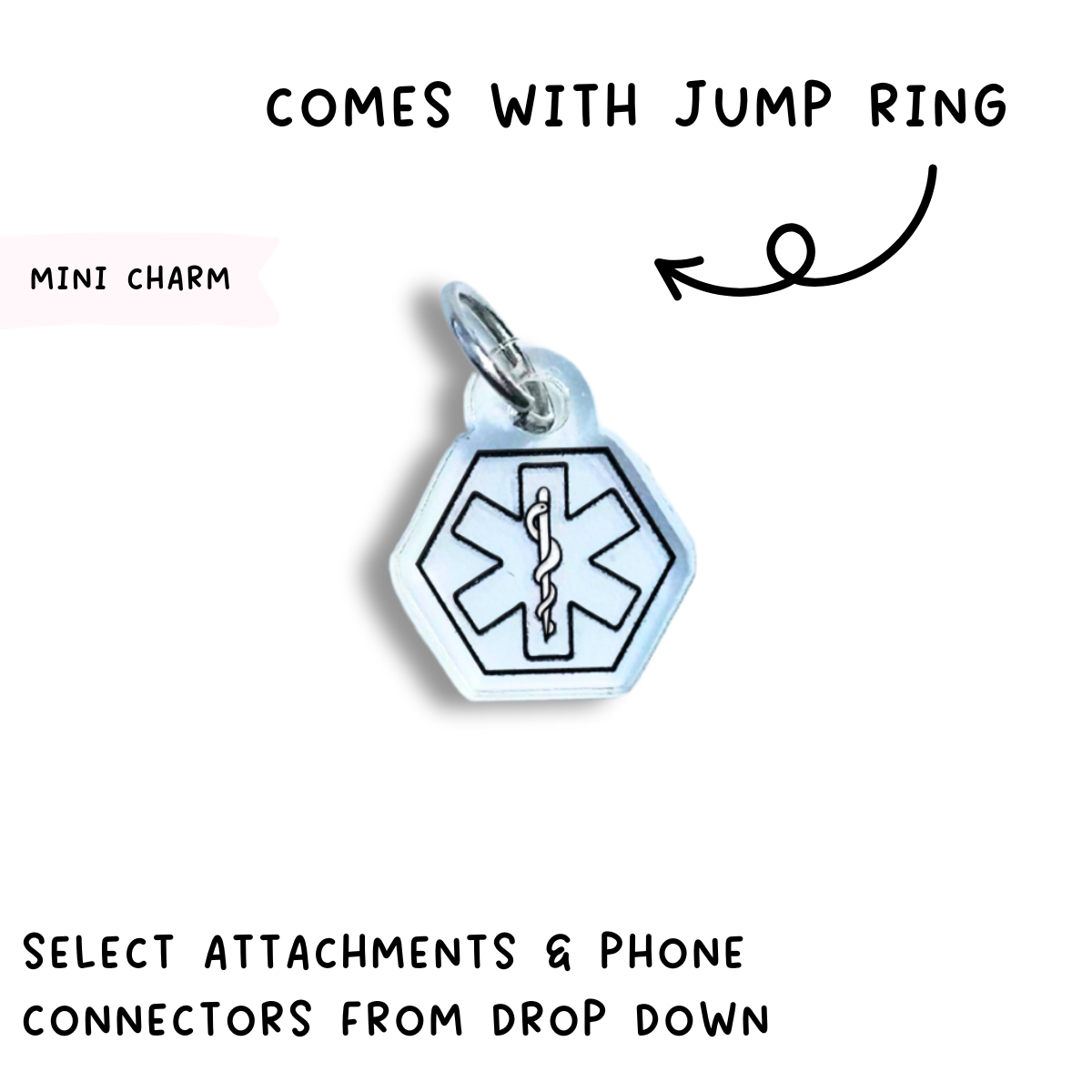Getting a tattoo is an exciting and meaningful experience for many, but for individuals living with diabetes, there are some important considerations to keep in mind to ensure a safe and successful tattooing process. In this blog post, we'll share five essential tips for diabetics who are planning to get a tattoo, from managing blood sugar levels to communicating effectively with your tattoo artist.
Plan Ahead and Manage Blood Sugar Levels:
Before getting a tattoo, it's crucial to plan ahead and ensure that your blood sugar levels are stable. Fluctuations in blood sugar can affect the healing process and increase the risk of complications during and after the tattooing procedure. Be sure to monitor your blood sugar levels closely in the days leading up to your appointment and take any necessary steps to keep them within a healthy range.
Communicate with Your Tattoo Artist:
When choosing a tattoo artist, it's important to find someone who understands the unique needs of individuals living with diabetes. Be open and honest about your condition with your tattoo artist and discuss any concerns or precautions that need to be taken during the tattooing process. A knowledgeable and experienced tattoo artist will be able to accommodate your needs and ensure a safe and comfortable experience.
Choose the Right Placement:
Certain areas of the body may be more prone to complications for individuals with diabetes, such as areas with poor circulation or nerve damage. When selecting the placement of your tattoo, consider choosing an area of the body where you have good circulation and sensation. Avoid areas with scar tissue or areas that are prone to frequent fluctuations in blood sugar, such as the hands and feet.
Stay Hydrated and Nourished:
Proper hydration and nutrition are essential for promoting optimal healing after getting a tattoo. Make sure to drink plenty of water before and after your tattoo appointment to stay hydrated, and eat a balanced meal to provide your body with the nutrients it needs to heal. Avoid alcohol and caffeine, as these can interfere with blood sugar levels and contribute to dehydration. Make sure to have your hypo treats handy in case you're blood sugars go low during the tattoo session
Monitor Your Tattoo During the Healing Process:
After getting a tattoo, it's important to closely monitor the healing process and watch for any signs of infection or complications. Keep the tattoo clean and dry, and follow any aftercare instructions provided by your tattoo artist. If you notice any redness, swelling, or unusual discharge around the tattoo site, contact your healthcare provider immediately for further evaluation and treatment.
Getting a tattoo can be a rewarding and empowering experience for individuals living with diabetes, but it's important to take precautions to ensure a safe and successful outcome. By following these five essential tips, you can help minimise the risks associated with getting a tattoo and enjoy the process with peace of mind. Remember to plan ahead, communicate effectively with your tattoo artist, and take care of your body during the healing process. Your tattoo is not just a work of art – it's a symbol of your strength and resilience as a person living with diabetes.































